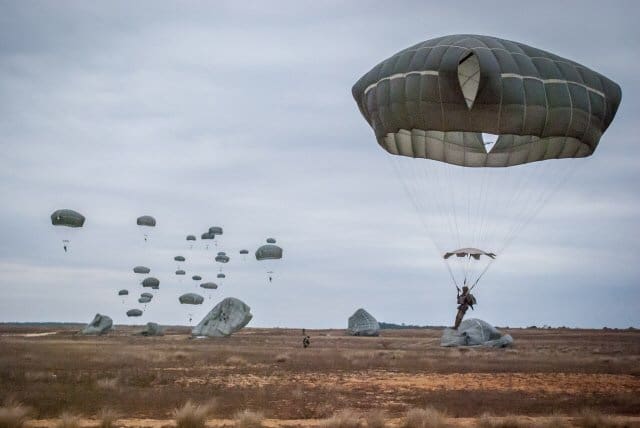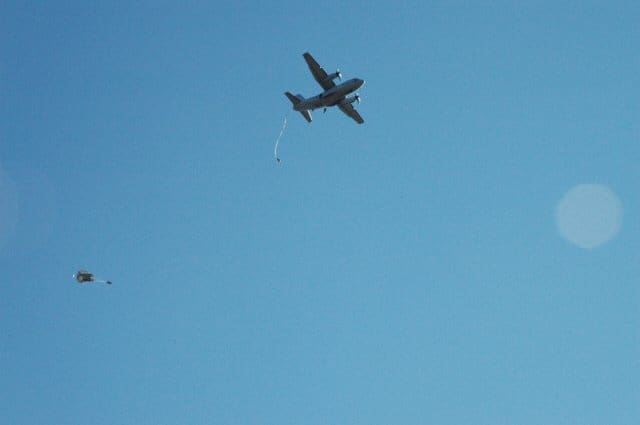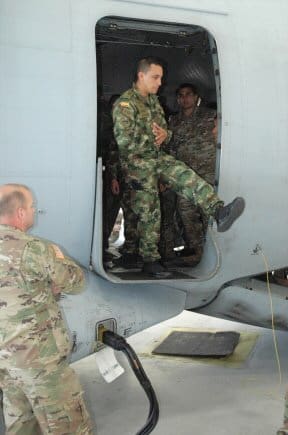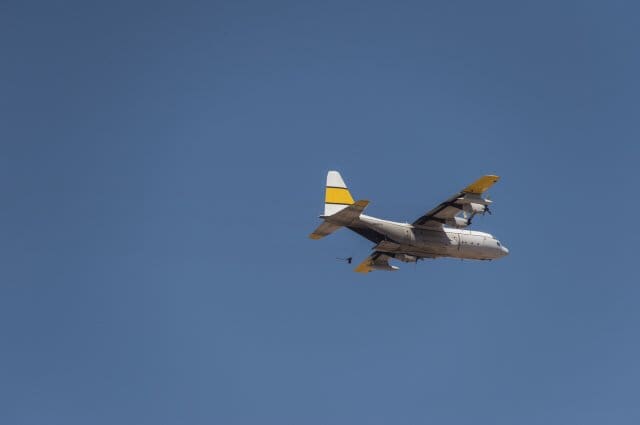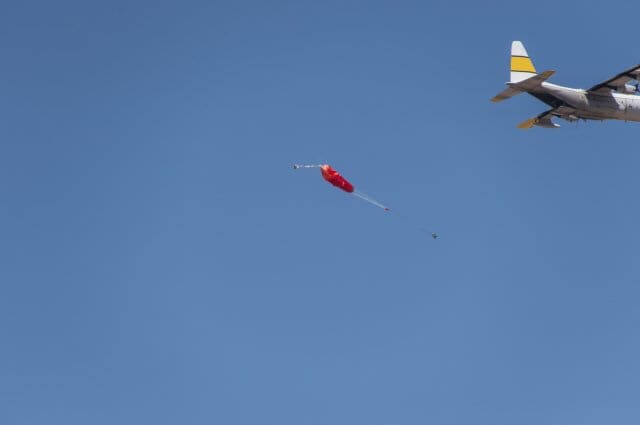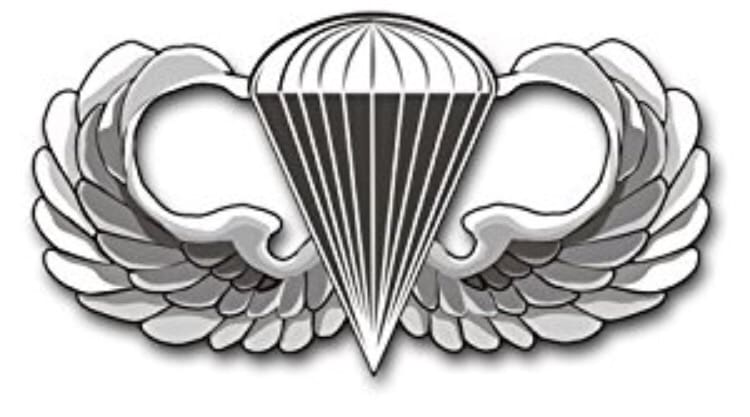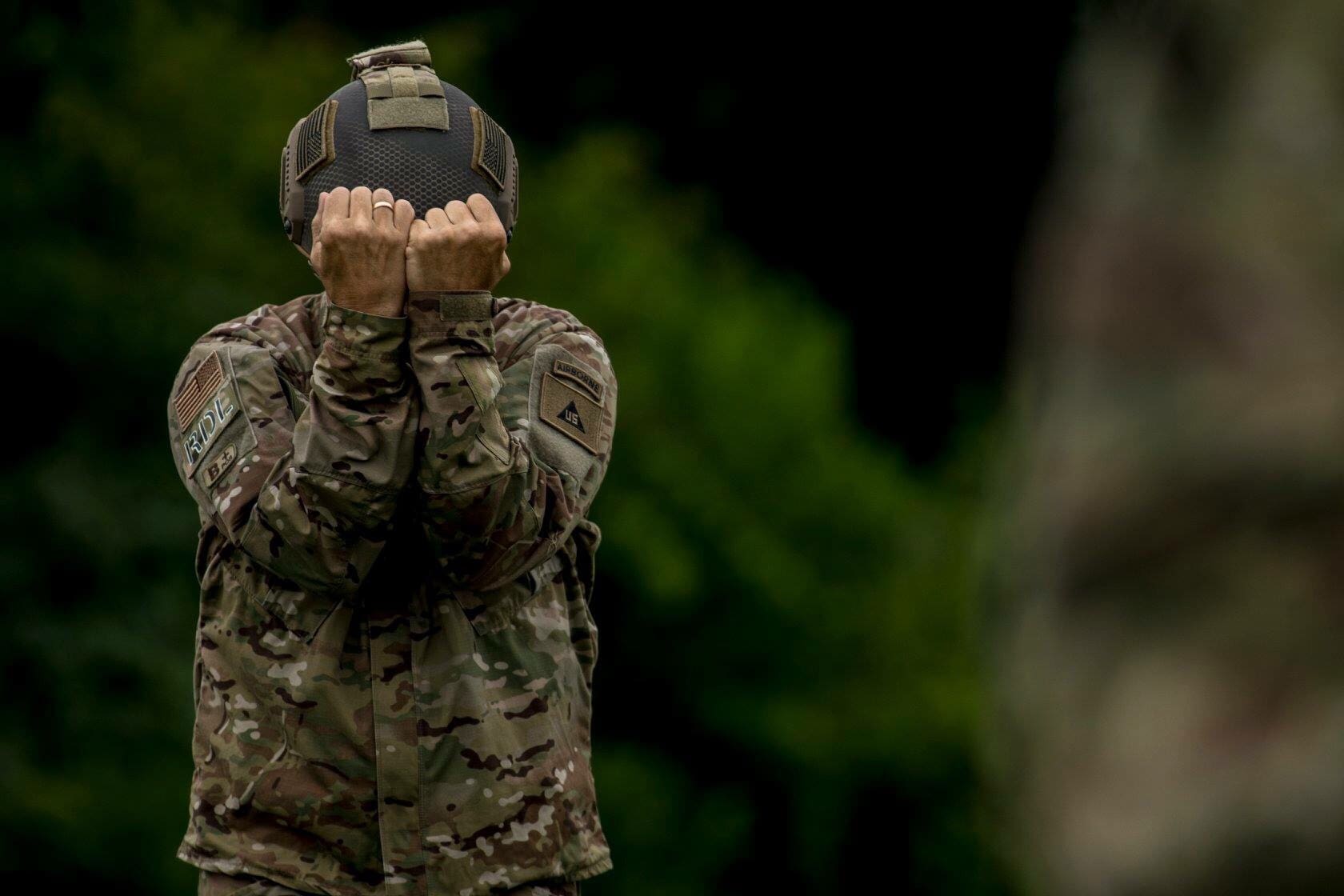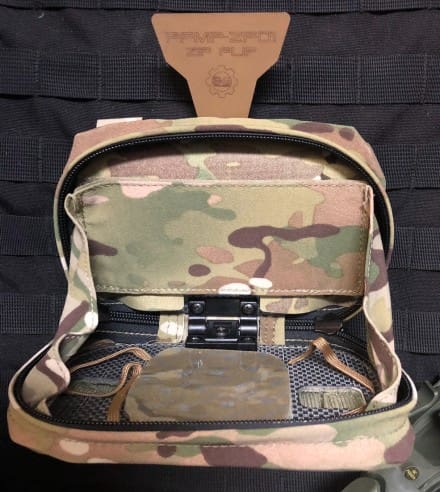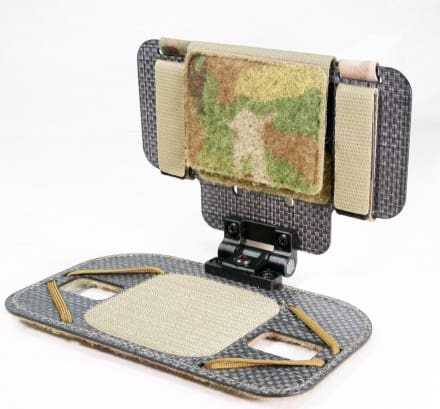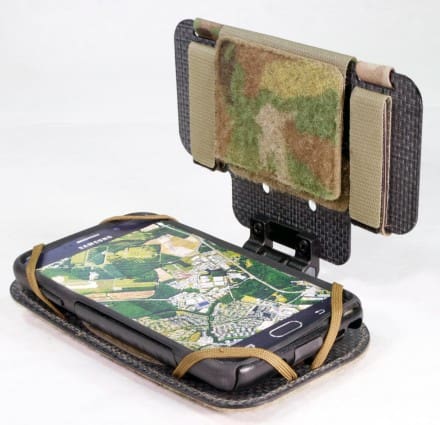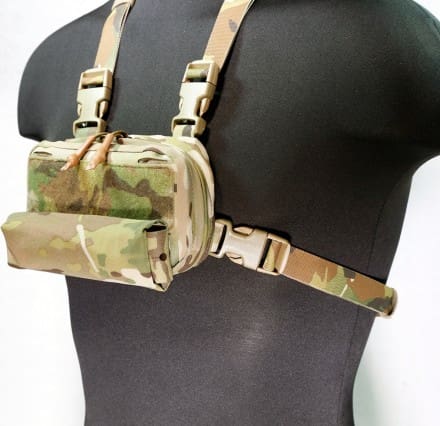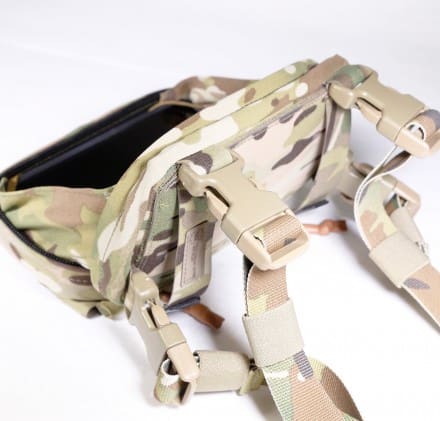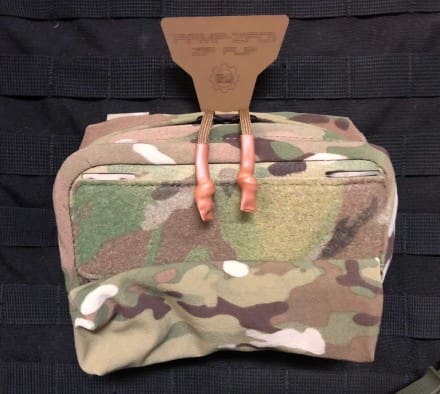ALZEY, Germany — U.S., NATO ally and partner paratroopers participated in the 5th Quartermaster Theater Aerial Delivery Company’s Operation Toy Drop Dec. 11-14.

Capt. Rizzoli Elias, company commander, the 5th Quartermaster Theater Aerial Delivery Company, 16th Special Troops Battalion, 16th Sustainment Brigade, gives a German child a stuffed animal as part of Operation Toy Drop at Alzey, Germany Dec. 13. Operation Toy Drop is an annual multi-national training event designed to strengthen relations with the local community and develop interoperability.
Operation Toy Drop is an annual multi-national training event. It entails sharing airborne operations, tactics, techniques and procedures, strengthening relationships with local communities and with NATO allies and partners as well as developing interoperability.
“It’s so much fun seeing other nations get in on our training and us to get on their training to see how they operate with these airborne operations, to see how we operate,” said Sgt. Kyle D. Shields, a parachute rigger with the 5th Quartermaster, Theater Aerial Delivery Company, 16th Special Troops Battalion, 16th Sustainment Brigade.
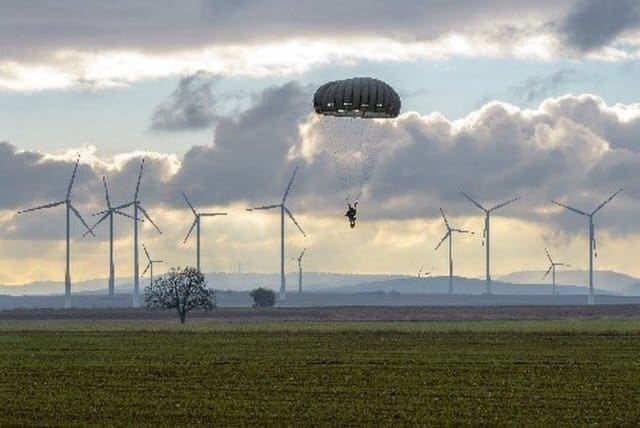
A paratrooper with an open parachute descends over Alzey Drop Zone during Operation Toy Drop in Alzey, Germany, Dec. 13. Operation Toy Drop is an annual multi-national training event designed to strengthen relations and develop interoperability.
“All of us use different parachute systems across the different militaries, so it’s just trying to get everybody synced up in one parachute system and make sure everybody understands that every system has a risk factor and different ways you have to steer it, fly it and turn it,” Shields said.
Holiday cheer played a major role during Operation Toy Drop.
Part of this cheer was Santa Claus, Mrs. Claus, and elves jumping out of an airplane and then giving toys to children from the Kaiserslautern area. Both U.S. and German children smiled and laughed with excitement as they received presents from members of the 5th Quartermaster, Theater Aerial Delivery Company, who dressed up as Christmas characters during Operation Toy Drop. The toys given to the children were donated by paratroopers participating in this event.
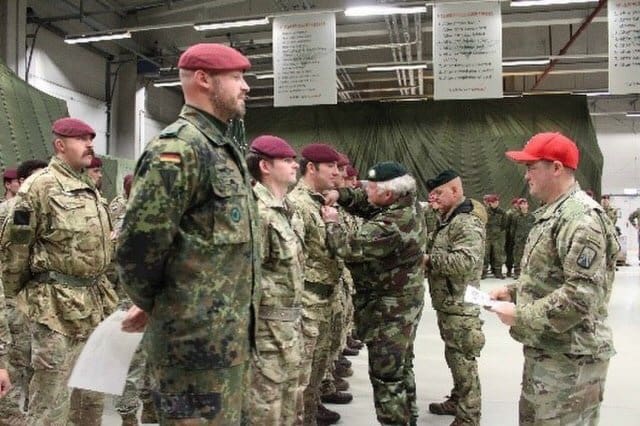
U.S., NATO ally, and partner service members receive Irish jump wings during a wing ceremony exchange hosted by the 5th Quartermaster Theater Aerial Delivery Company, at Rhine Ordnance Barracks, Kaiserslautern, Germany Dec. 14. The paratroopers earned their jump wings while participating in Operation Toy Drop, an annual multi-national training event designed to strengthen relations with the local community and develop interoperability.
“It’s a huge role for us to give back, especially to the local community within Germany, to all these kids and the American community that may not get as many presents as we do on Christmas,” said Sgt. Joshua A. Parkinson, an aerial delivery supervisor with the 5th Quartermaster, Theater Aerial Delivery Company. “For us to be able to do something for them while enjoying it together, then to get to watch their faces at the drop zone as Santa comes around and hands them toys from a bundle that dropped down from the sky … it’s really an indescribable feeling, but it’s something that every single jumper out here, whether they’re American or not, absolutely loves.”

Paratroopers from U.S., NATO ally and partner militaries “high five” children at Alzey Drop Zone during Operation Toy Drop at Alzey, Germany Dec. 13. During this event U.S. and German children received toys as part of Operation Toy Drop, an annual multi-national training event designed to strengthen relations with the local community and develop interoperability.
Operation Toy Drop concluded with a wing exchange ceremony, in which paratroopers that jumped with a foreign nation, would get a certificate with that country’s wings.
“For us being able to give them American jump wings and from us receiving any number of the number of countries that are here, even the British are giving out jump wings for the first time in years, for me that is absolutely huge,” Parkinson said. “It builds a real sense of these are the people to my left and right that I can count on. We go downrange, we go to a firefight these are the people we’ll be working with and for me that is absolutely everything.”
According to Shields, one of the biggest takeaways is looking forward to future operations with the NATO allies.
“We established a lot of good connections and contacts here while we were doing Operation Toy Drop,” Shields said. “That allows us to communicate with the other armies that are around us so that we can plan additional training exercises and other tactics teaching.”
By SSG Sinthia Rosario


